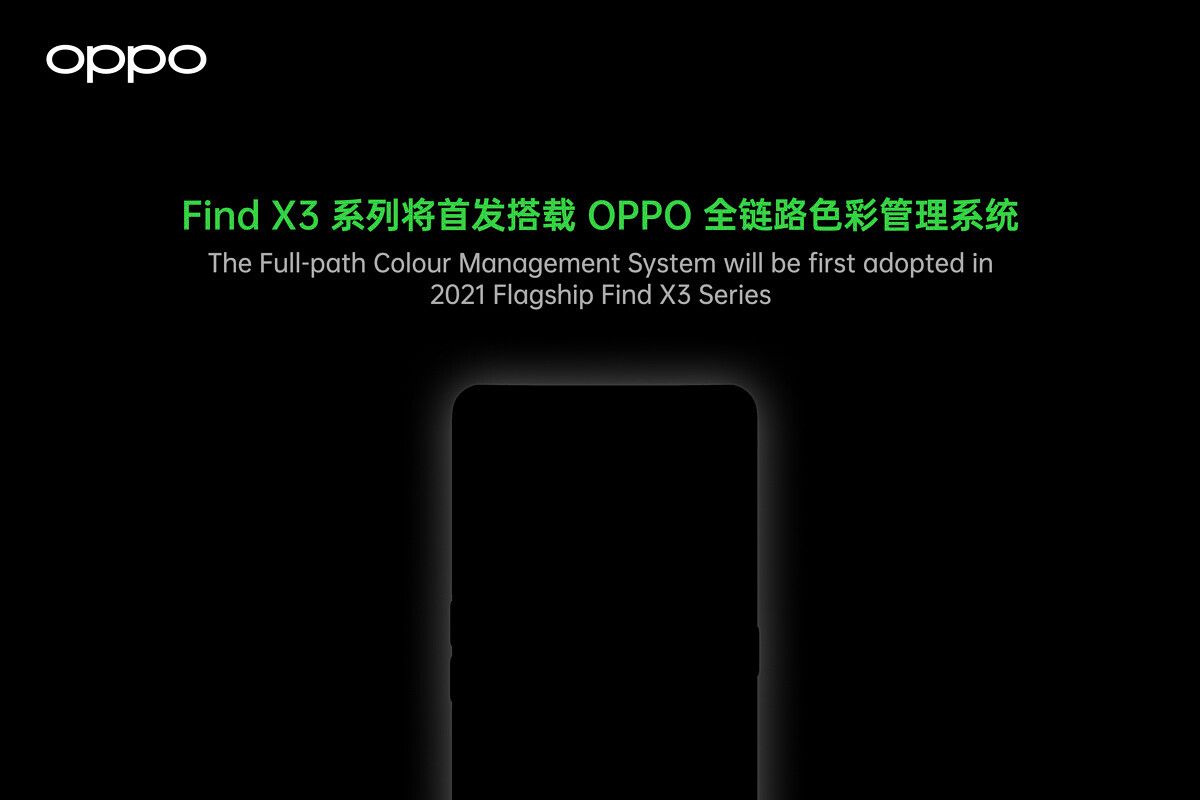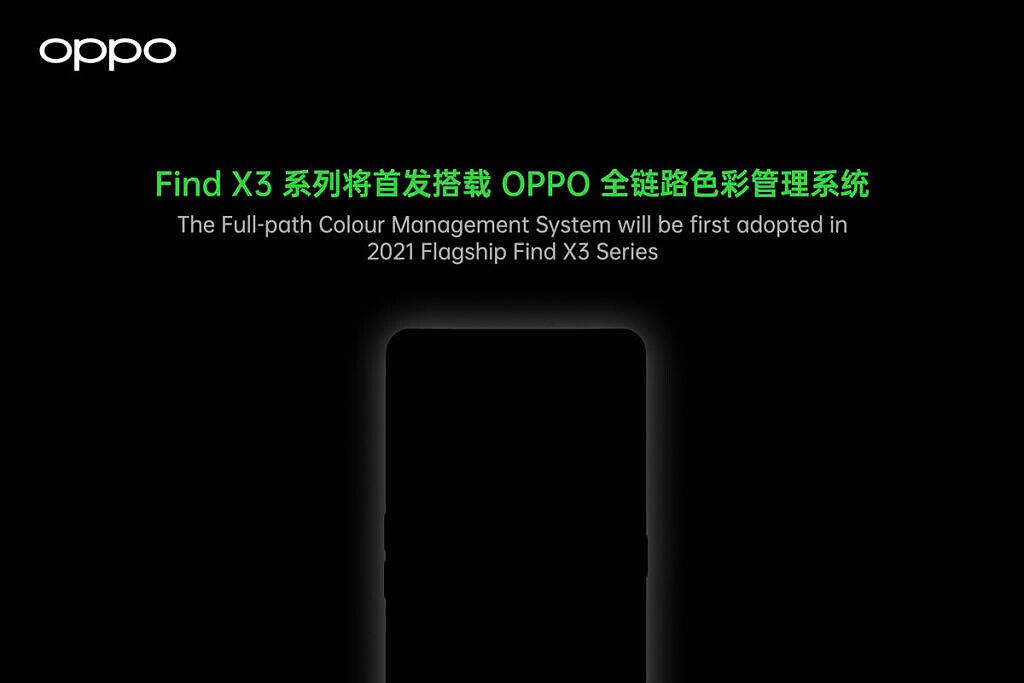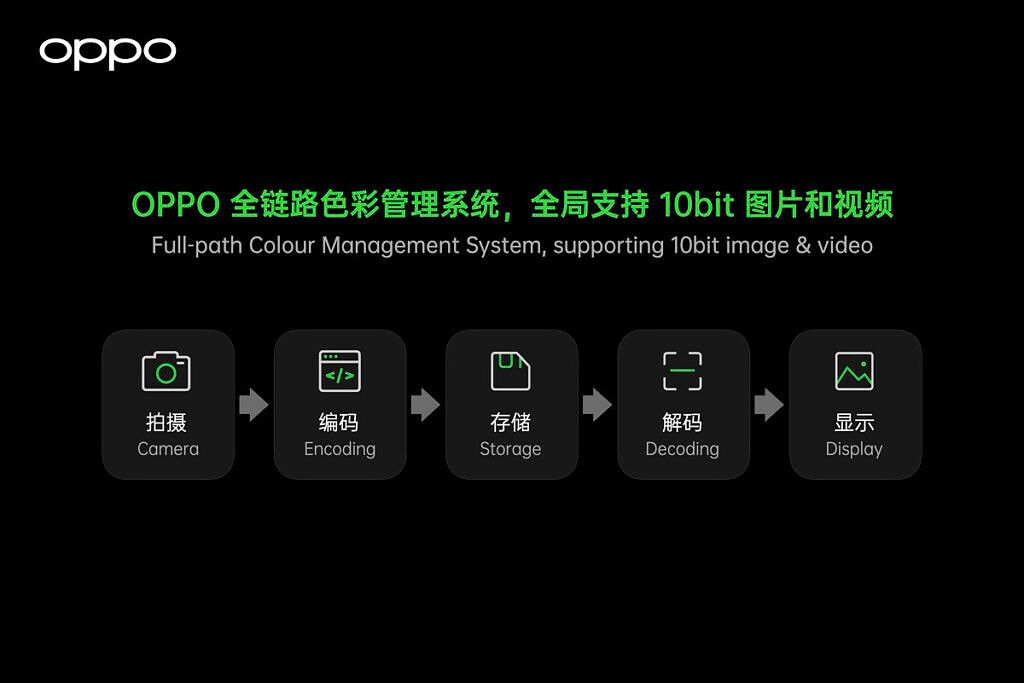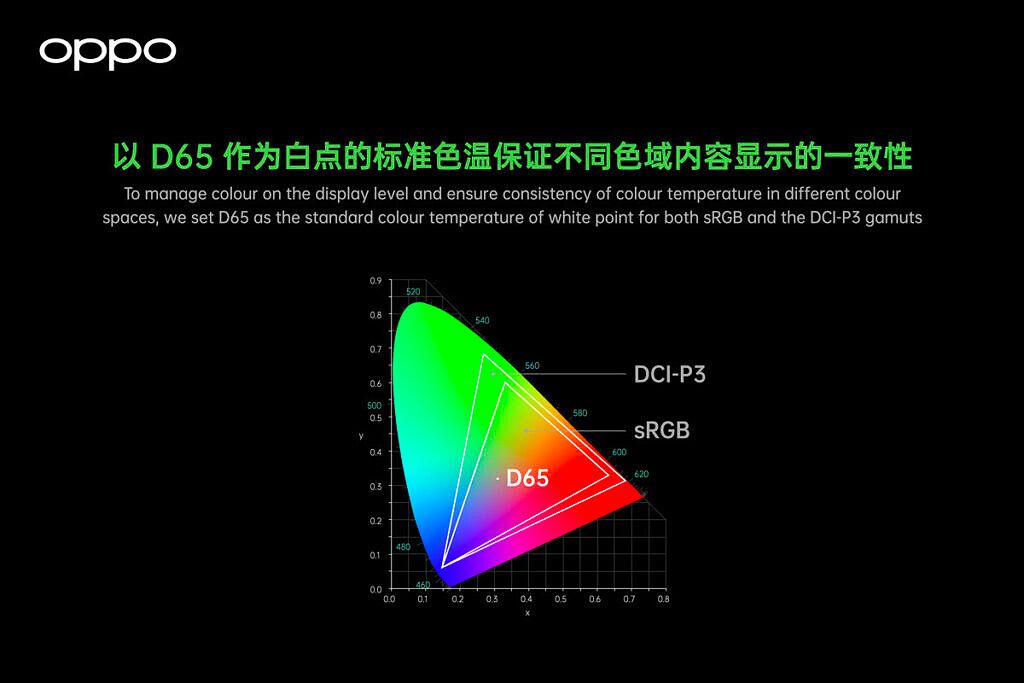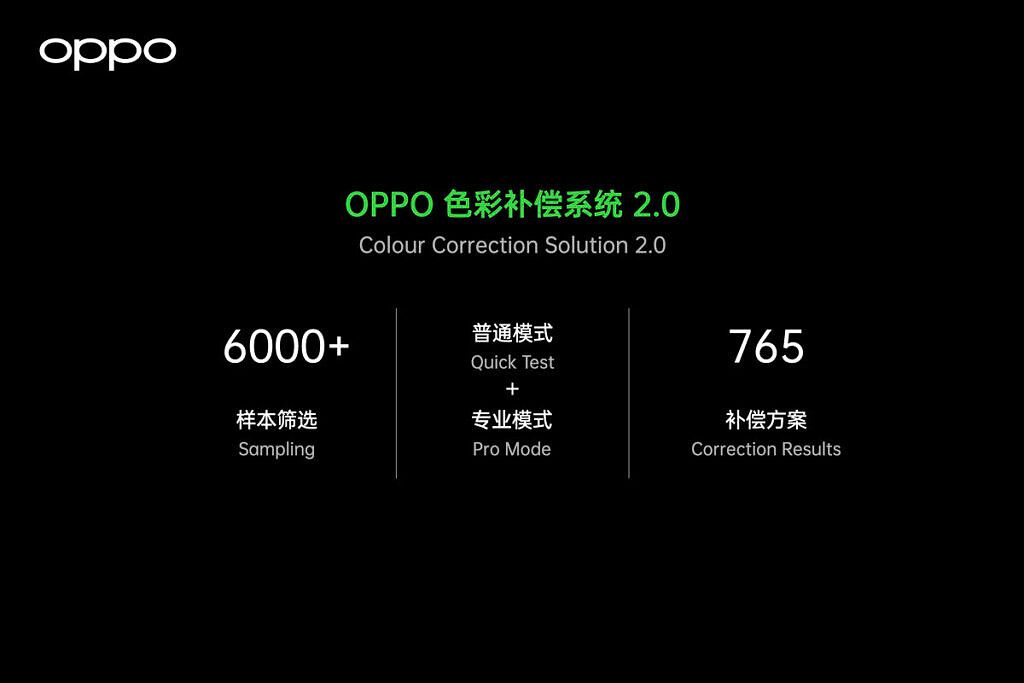Color management on Android has been a tricky subject. Google added support for color management back in Android 8.0 in 2017, at a time when wide color gamut (WCG) displays had already proliferated across high-end smartphones. In the three years since, nearly every new Android phone now has color management support, and most new device launches have WCG displays. Third-party app support for color management is still rudimentary, however. Google's push for color management across third-party apps hasn't been as effective as Apple's iOS. It means sRGB still remains the standard gamut on Android phones, although apps can choose to use DCI-P3. In the hardware front, one of the applications of wide-color gamut Apple used was to take 10-bit WCG photos with a wider variety of richer colors (1.07 billion vs. 16.7 million), starting with the iPhone 7 back in 2016. However, up until now, no Android phone has followed Apple's lead here, as every Android smartphone camera continues to take 8-bit images in sRGB. This will change next year, as OPPO has announced that its next-generation flagship phones, the OPPO Find X3 series, will launch in 2021 with end-to-end 10-bit color support and WCG photography in the form of the Full-path Color Management System.
In a blog post in May 2019, Google stated that wide color photos were coming to Android. The company correctly noted:
"Android is now at the point where sRGB color gamut with 8 bits per color channel is not enough to take advantage of the display and camera technology. At Android we have been working to make wide color photography happen end-to-end, e.g. more bits and bigger gamuts. This means, eventually users will be able to capture the richness of the scenes, share a wide color pictures with friends and view wide color pictures on their phones."
It's been one-and-a-half years since Google's announcement, and OPPO has become the first to announce support for wide color photography end-to-end. This has only become possible because flagship Android phones such as the OPPO Find X2 Pro, OnePlus 8 Pro, ASUS ROG Phone 3, and others now have 10-bit panels with support for wider color gamuts than sRGB. It has also only become possible because the underlying operating system is now ready when it comes to 10-bit and WCG photography support.
The aforementioned phones have had the theoretical ability to display 10-bit photos natively, but up until now, no device maker had actually enabled WCG photography capture end-to-end. OPPO has now become the first device vendor to make such an announcement, and for some display enthusiasts, it will be quite overdue as Android phones attempt to catch up to Apple's multiple-year lead here.
OPPO has announced that its Full-path Color Management System will premiere as part of its 2021 flagship phones, the OPPO Find X3 series. The company says its system is the first Android color management system to support the full DCI-P3 wide color gamut and 10-bit color depth from capture, storage, and display. This will supposedly deliver an "outstanding viewing experience" with "authentic and accurate color reproduction."
OPPO notes that its new color management system has been developed to support 10-bit image capturing as well as the HEIF (High Efficiency Image Format). OPPO acknowledges the future lies in WCG and high color depth, and with that end in mind, its R&D team improved the underlying system and hardware for color reproduction. The result is an end-to-end solution that covers all the steps from image acquisition to computation, encoding, storage, decoding, and finally display, supporting a HEIF image with 10-bit high color depth and the DCI-P3 wide color gamut.
The Full-path Color Management System adopted a higher specification algorithm and hardware to record color when capturing. OPPO's R&D engineering promoted algorithms in areas such as distortion correction, multi-frame noise reduction (MFNR), and perceptual extreme super-resolution. The company also notes that it will support image sensors featuring Digital Overlap (DOL) HDR mode. The DOL-HDR technology synthesizes different exposure conditions into an image, which means more vibrant colors will be captured even when photos are taken against bright light.
OPPO then moves on to calibration, without which the hardware won't achieve its full potential. The company was already proud of its work on the Find X2 Pro's display, which has been acclaimed as a top-tier display. The Find X3 series will build on that. OPPO's display calibration procedure enables a professional, digital film-grade color accuracy at around 0.4 JNCD (Just Noticeable Color Difference), which delivers a "consistently accurate display on the screen," according to the company. Its proprietary algorithm also guarantees color gamut compatibility by adjusting the DCI-P3 with the D65 white point (6504K) at the center of the color space. (It's worth noting that Apple was the first to implement DCI-P3 on mobile devices with the D65 white point and a standard gamma of 2.2.)
The 10-bit color depth tones down the artificial visual features brought about by gaps in colors when compared to the standard 8-bit color depth. It also further improves the color gradient to enhance the quality of visual content.
Apple has supported HEIF since 2016, but Android phones still continue to take photos in the older JPEG. HEIF maintains similar quality while having a size of around 50% of a JPEG image thanks to its better compression, which enables storage savings. The Find X3 series supports HEIF, and OPPO notes that the format fully supports static images, EXIF, depth information, and dynamic videos. The HEIF format can be further developed to ensure compatibility with respect to ultra-high color depth. (Here, OPPO presumably refers to the advent of displays with an even wider Rec.2020 color gamut support in the future.)
OPPO notes that it first sought to achieve a uniform standard with every screen showing colors in the same way to ensure accuracy and fidelity, and now, it wants to do more to meet user needs. In 2018, its R&D engineering team became aware of the challenges that smartphone users with color weakness faced. The team then initiated systematic research on color correction for a better visual experience.
Now, the company has introduced a comprehensive color correction solution. It says it has conducted a large-scale quantitative and qualitative study on users with color weaknesses, thereby enabling it to upgrade the color correction solution to OPPO Color Correction Solution 2.0. The company is joining forces with Zhejiang University with an aim to find the optimal solution to color correction by sampling potential users with accurate quantification of color vision test. The color correction system of the future will supposedly be highly user-centric. Users may be able to crate their own unique and personalized display by choosing colors from their smartphone's color palette as well as testing and calibrating the system.
OPPO concludes that its Full-path Color Management System will be first available in its 2021 flagship Find X3 series. It's fair to expect the technology to take quite some time to trickle down to lower price tiers.

